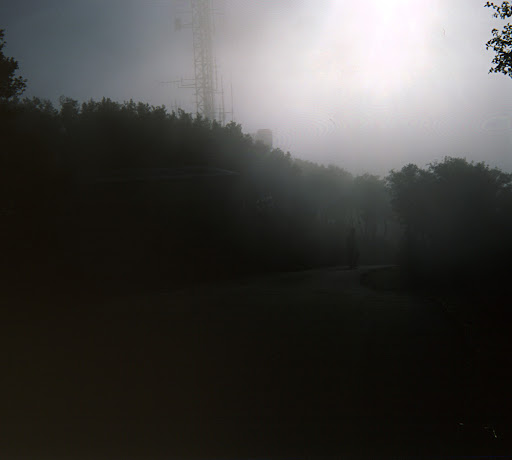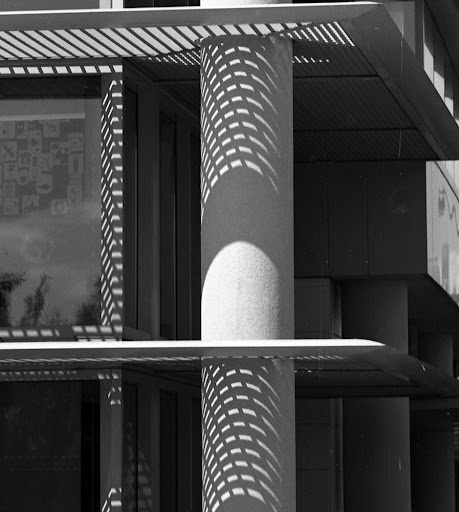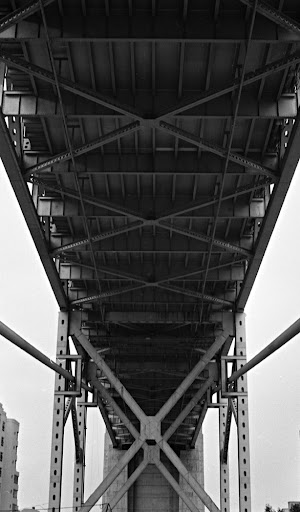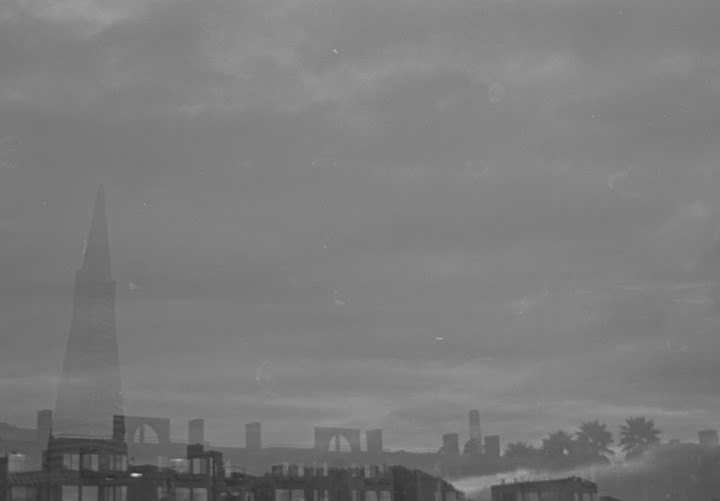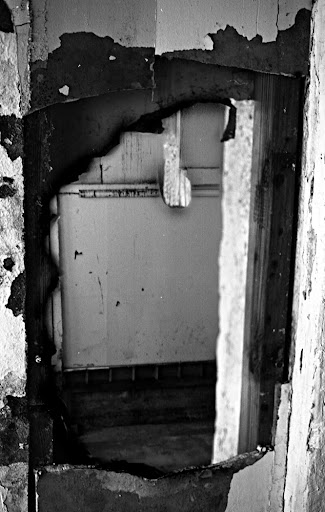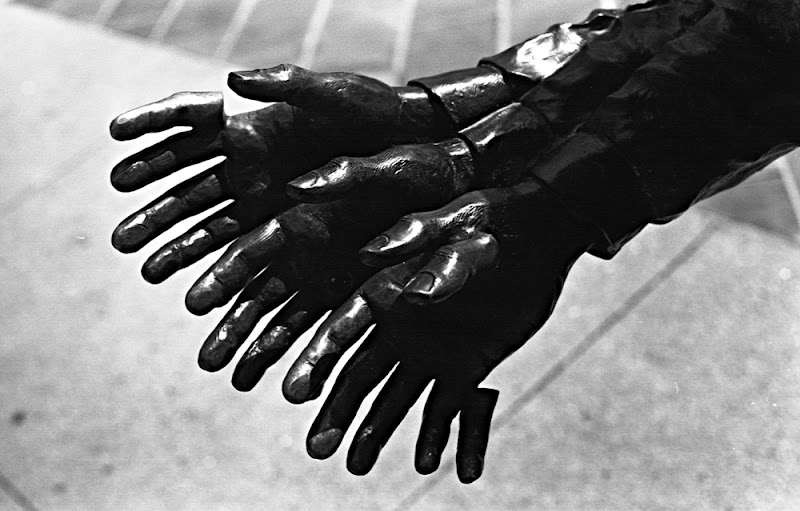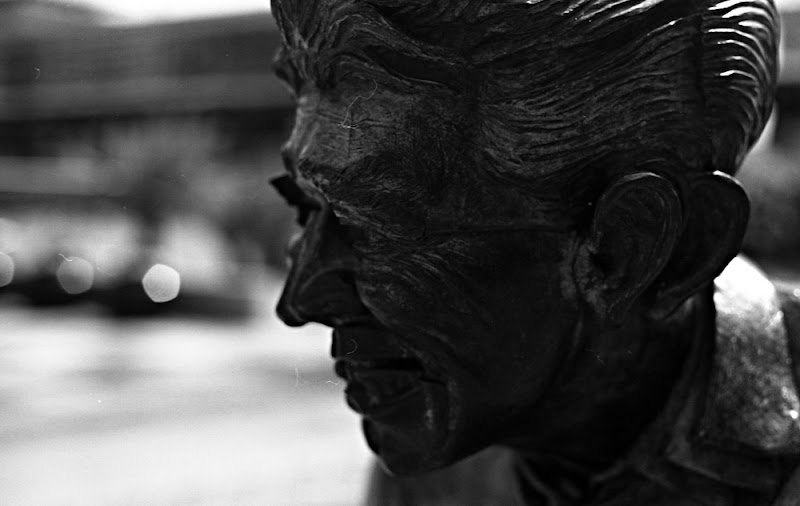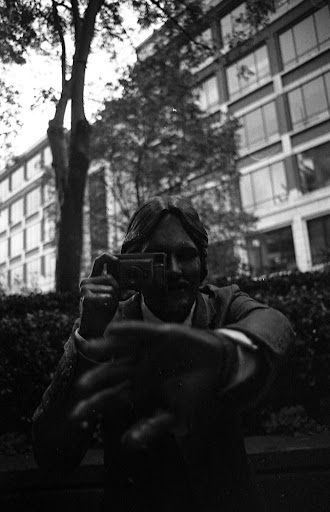I had this camera with me when I took the AE-1 inside the now-demolished building. Likewise, I had it for Yerba Buena Gardens. Here are some shots from the trip.
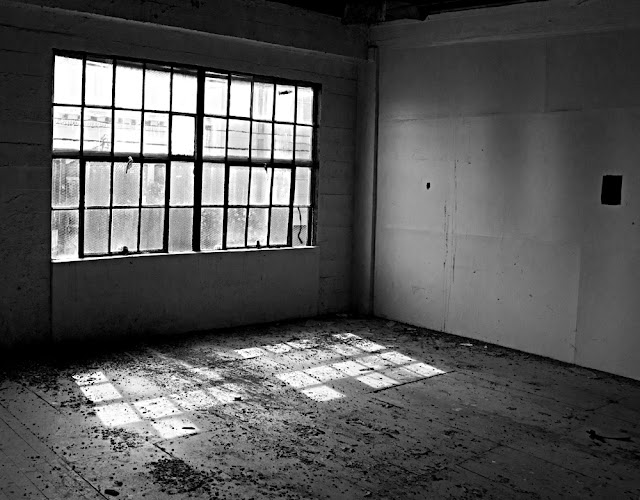
Digital monochrome conversion. Window looking out the rear on the second floor. The wall just off-frame to the right had the hole I shot through and shared the result of earlier this week.

A 'found still-life.'
NEXT! Let's show off some Photoshop work!
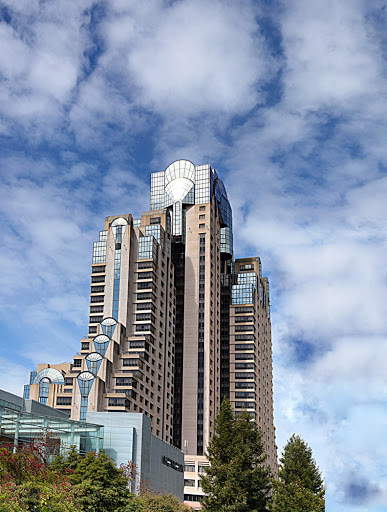
Stopped down, this lens is great. Wide open, it's AWFUL. In fact, I'll go so far as to say that wide-open it is one of the three or four worst-performing lenses I've ever used. Also, this camera's high-ISO performance is meaningfully worse than My K-7's equivalent performance. Honestly, using this camera doesn ot make me understand all the fuss about Canon. Sure I love my little Elph, but I can't fathom this camera being a viable, professional-grade camera.
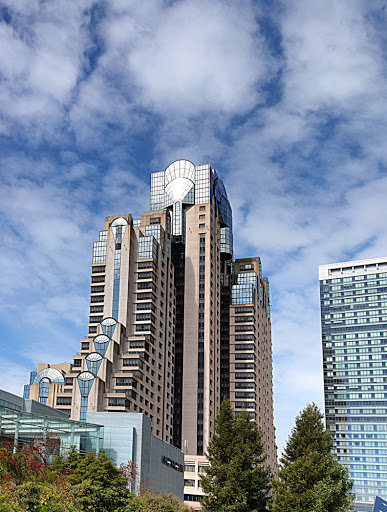
Same image without the extraneous building cloned out.
So what do I mean when I rail against this camera? In honesty, the good results are VERY good. However, I downloaded about 600 files onto my computer after this photo walk and of that 28 images of reasonable quality emerged. Granted, some of the shots were multi-image stitches, but with those taken into consideration, I still took more than 150 single-frame shots and had less than 30 return results that I felt reflected what I would expect of myself to share on this blog.
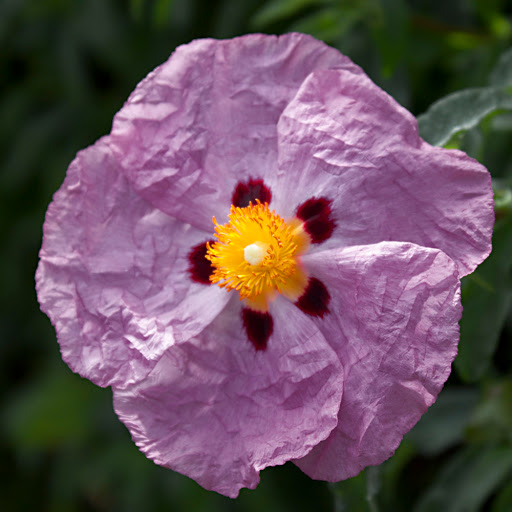
Edited from the raw to enhance details in the ruffled petals. I'd never edited from raw before, but I can understand why photographers prefer it. However, to my taste, I prefer editing from jpgs as the jpg performs more like film.
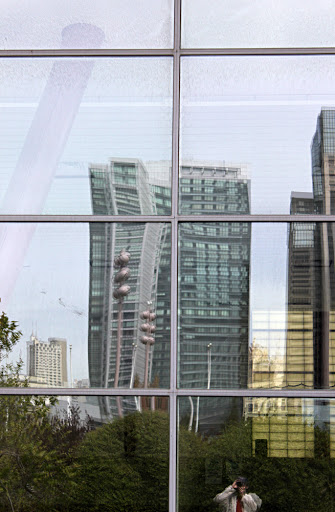
I dig how the glass pinched the reflection.
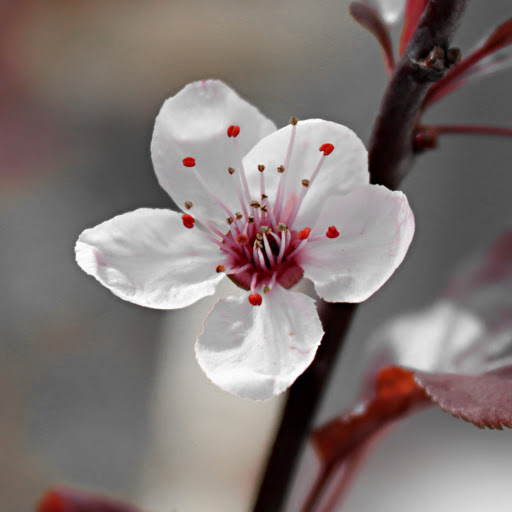
A cherry blossom, late, after all the rest on the tree had fallen.
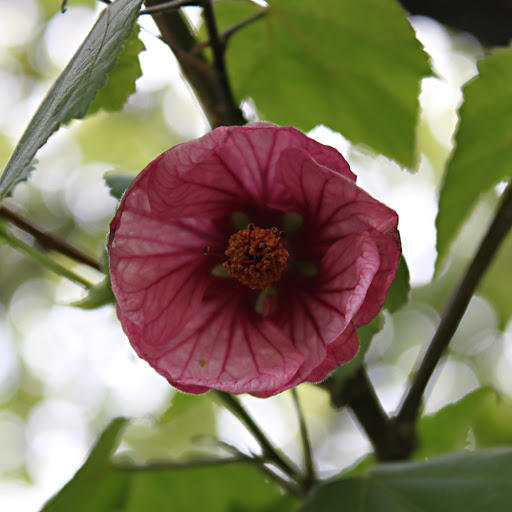
I have no idea what kind of flower that is.
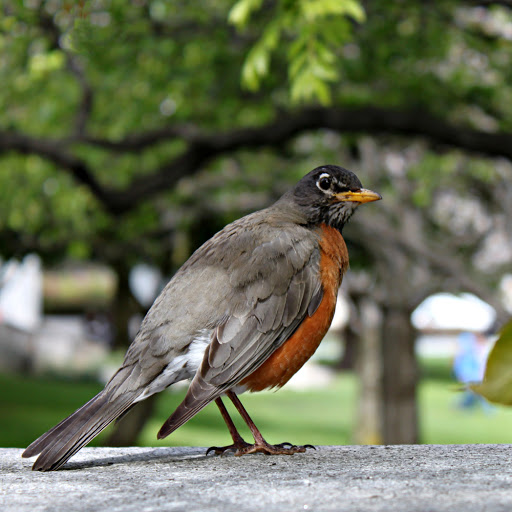
Not all Heaven is in a rage. I, however, am furious about this poor wide-open performance. Look at how blurry the robin's face is! This lens performs terribly on this camera. Now, how will it perform on film? I'm not sure yet but I will endeavor to find out in a couple of weeks with my RT. I suspect it will perform better because film has a greater circle of confusion (CoC) tolerance than does a digital sensor, especially with how tiny the pixels on an 18.1-megapixel APS-C sensor are. Even Zeiss lenses, which have a CoC tolerance of 1/1,750th the image size (opposed to other high-end lenses which are 1/1,500th) can't provide pixel-sharp images on DSLR sensors much above eight or twelve megapixels. Nayway, that's all neither here nor there for this post. We'll leave it at this: I expected greater performance from this camera than it delivered and I feel with full confidence than the K-7 is a markedly superior performer to this one. The K-7 also feels more solidly built.
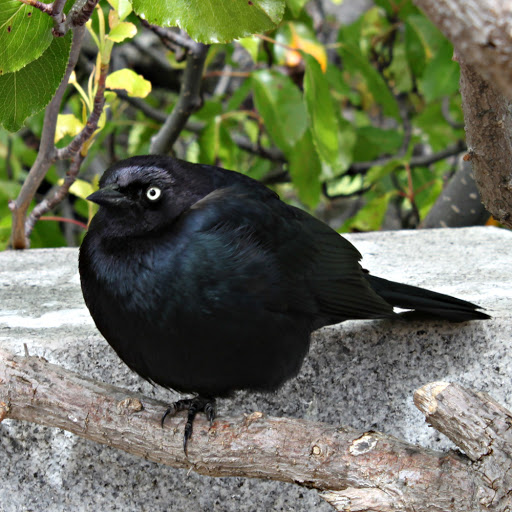
A cow bird, maybe? I'm not sure.
And to answer my own question, the Canon can, but it cannot can-can.

